1936
1936 March vol. 18, no. 2
First titled review article, published as a Note: MEYER SCHAPIRO, The New Vienna School, a review of Otto Pächt, ed., Kunstwissenchaftiche Forschungen II (pdf). Schapiro's lengthy and rigorously thoughtful review provided detailed summaries of the contributions in this volume partly to introduce a wider range of perspectives on art, and especially theoretical discussion, to American art historians who were not able to read this scholarship in the original German.
At this time, in response to the disturbing circumstances and events that eventually led to the Second World War, German and other European scholars had begun to emigrate to America.
Craig Houser, “The Changing Face of Scholarly Publishing: CAA’s Publications Program,” in Susan Ball, ed., The Eye, The Hand, The Mind: 100 Years of the College Art Association (New York: College Art Association and New Brunswick, NJ, and London: Rutgers University Press, 2011), pp. 47–87 and notes pp. 262–268, at p. 58.Regarding the 1930s, few historiographers have considered the complex role that CAA and Art Bulletin played in the reception of European émigrés, and some facts may prove surprising. It should be noted that several CAA protested the growing number of Europeans publishing in the Art Bulletin. On April 7, 1936, a letter was submitted to the CAA board of directors by sixteen members, including Helen M. Franc, [Millard] Meiss, and Meyer Schapiro, as well as two editorial board members, [Walter S.] Cook and [William] Dinsmoor. Among their varied concerns, they stated that given Art Bulletin was “the only scholarly art periodical in America, . . . it would only be fair to restrict the articles . . . to the work of American scholars.” However, they qualified their words, saying that articles by foreigners should be limited to those who were affiliated with United States institutions or were truly exceptional. They felt the journal had previously gained an international reputation because of the contributions published by U.S. scholars, and the recent inclusion of so many texts by foreigners made it difficult for them to have their essays published and significantly slowed down the production process for everyone involved, sometimes by several years. Such a decree to protect the national identity of CAA and Art Bulletin was significant, especially because Cook, who was known for hiring so many Europeans, was one of the spearheads in this campaign. To help immigrant scholars find work, CAA ran a lecture bureau that created speaking engagements at various institutions throughout the United States.
This page is a tag of:
| Previous page on path | Timeline, page 11 of 38 | Next page on path |
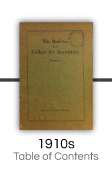




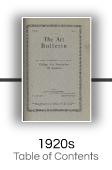





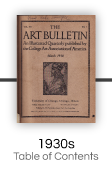



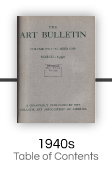




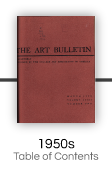



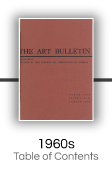




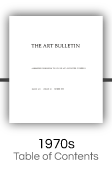


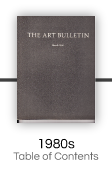



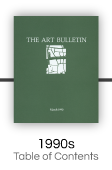




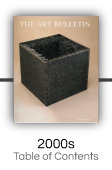




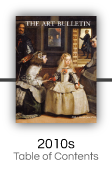


Discussion of "1936"
Add your voice to this discussion.
Checking your signed in status ...